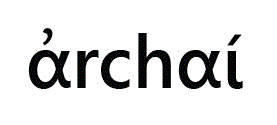Abstract:
According to the Eleatic Principle, only items which have the capacity to affect or be affected are. Recently, there has been a question about what, if anything, is Eleatic about the Eleatic Principle (EP). I examine the purported origins of the EP in Plato’s Sophist and argue that the text presents three ways in which something can affect or be affected: (1) as tangible contact, (2) as Cambridge change, and (3) by being responsible for the way something else is. Next, I look to the historical Eleatics in search of precursors to the EP. Against recent work in this area, I argue that elements of the EP are present in Parmenides, Zeno, and Melissus. The poem of Parmenides is compatible with (1) and (2) through the interaction of Light and Night, and the characterization of what-is as knowable. Zeno’s moving arrow paradox employs elements of (2), while his argument from complete divisibility adds preconditions to (3). Finally, against the traditional view that Melissus denies the existence of the sensible world, I show that for Melissus, the sensible world exists alongside what-is. The causal link between what-is and the sensible world, along with Melissus’ commitment to what-is as the object of knowledge renders Melissus the Eleatic whose Eleaticism is most represented in the Eleatic Principle. Alternatives for the application of the EP in contemporary metaphysics and reasons for the inclusion of an Eleatic visitor as the main interlocutor of a dialogue that is often taken as a criticism of Eleaticism emerge.
Keywords:
Eleaticism; Melissus; Eleatic Principle; Parmenides; Zeno
